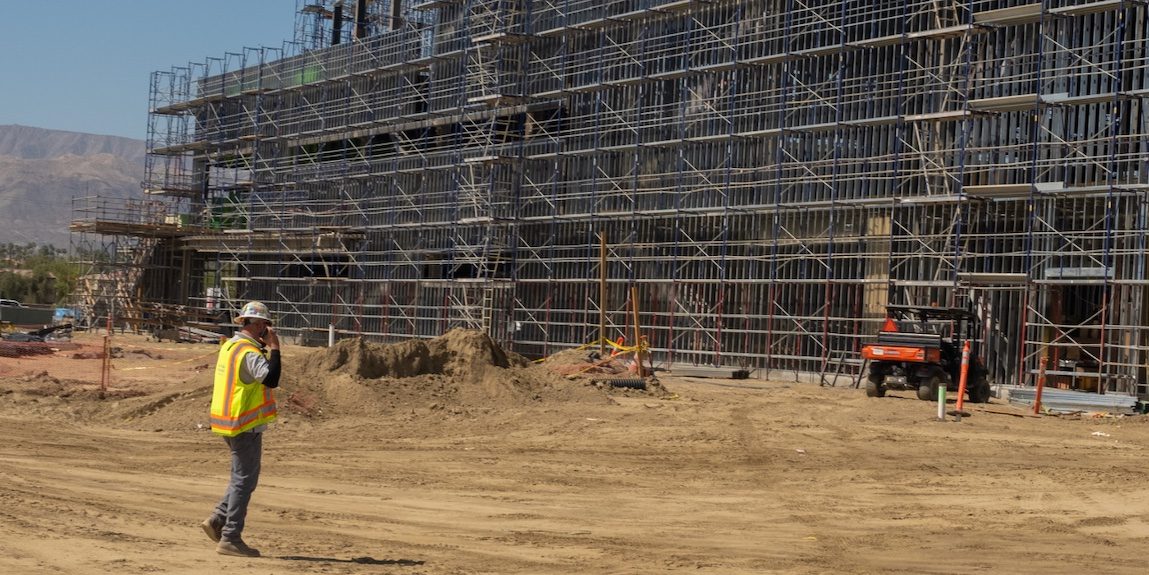

This can include the use of GPS tracking and mapping, real-time communication, and data analysis to manage and optimize various aspects of the construction process.
The adoption of construction telematics is expected to play a key role in the construction industry’s modernization and optimization, helping companies improve efficiency, reduce costs, and increase safety and productivity on construction sites. Here you can learn more about what a telematic system is.
A telematics system enables the remote monitoring and control of vehicles. And in the construction industry, telematics can be used to improve the efficiency and safety of construction vehicles and equipment.
Telematics systems typically consist of telematics devices installed in the vehicle, which collect data from various sensors and transmit it to a central server or cloud-based platform. The vehicle owner or operator can then access and analyze this data to track the vehicle’s location, monitor its performance, and diagnose any issues.
In the construction industry, telematics data can be used to improve the efficiency and safety of fleet vehicles and equipment in several ways. For example, telematics can be used to track the location and performance of construction vehicles in real time, allowing fleet managers to optimize routes and increase fuel efficiency.
Telematics can also monitor construction equipment’s usage and performance, allowing managers to diagnose and troubleshoot equipment issues remotely, reducing the need for costly and time-consuming maintenance.
Additionally, telematics can be used to improve safety on construction sites by providing real-time alerts for potential safety hazards, such as vehicles operating in unauthorized areas or exceeding safe speed limits. This can help to prevent accidents and improve overall site safety.
In general, using telematics in the construction industry can help improve efficiency, reduce costs, and improve safety by providing real-time data and enabling proactive decision-making.
Telematics refers to the use of technology to transmit and receive data remotely over long distances. In the construction industry, telematics can be used to improve a variety of processes, including asset tracking, equipment maintenance, and project management.
One specific example of telematics in the construction industry is the use of GPS tracking devices to monitor the location and usage of heavy machinery, such as excavators, bulldozers, and cranes. These devices can provide real-time data on the construction site and equipment movements and information on fuel consumption, idle time, and maintenance needs.
This data can be used to optimize the equipment’s use, reduce costs, and improve safety by identifying potential issues before they become serious problems.
Another example is fleet maintenance software, which helps managers keep track of maintenance schedules by automatically tracking various metrics such as mileage, fuel consumption, and engine hours, making it easier to know when each vehicle is due for repairs.
This enables managers to effectively plan their asset usage, budget, and staffing while preventing wasted time and wages. It also helps vehicles stay in good condition for longer periods, improving the overall return on investment for the equipment.
Telematics solutions can be integrated with existing applications and fleet management systems to enable a variety of uses for fleets of all sizes, including:
Trackunit provides innovative software solutions for companies with fleets of all sizes. If you want to see our telematics technology for yourself, you can request a demo here.

